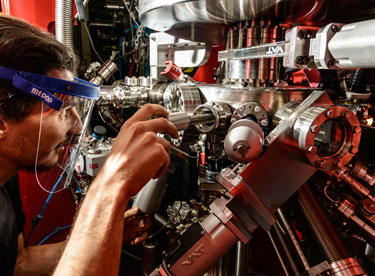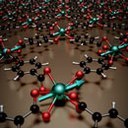
The magnetism of lanthanide-directed nanoarchitectures on surfaces can be drastically affected by small structural changes. The study carried out in a collaboration between researchers from IMDEA Nanociencia and BOREAS beamline at ALBA reports the effect of the coordination environment in the reorientation of the magnetic easy axis of dysprosium-directed metal-organic networks on Cu(111). The authors show that the magnetic anisotropy of lanthanide elements on surfaces can be tailored by specific coordinative metal-organic protocols.
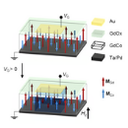
Manipulating magnetism by electrical means is central to spin-based data storage and manipulation. Achieving voltage driven 180° magnetic switching is desirable for spintronic device applications because of the potential low power consumption. A study lead by researchers from Massachusetts Institute of Technology (US) with collaborators from University of Minnesota (US), Chemnitz University of Technology (DE), Korea Institute of Science and Technology (KR) and the ALBA Synchrotron demonstrates 180° magnetization reversal in the absence of external magnetic fields by voltage induced hydrogen loading into ferrimagnets in an all-solid-state structure. The reversal is realized by changing the relative magnitude of sublattice magnetizations through hydrogen loading into a rare earth–transition metal ferrimagnet, which was revealed using XMCD measurements at the BL29 beamline in the ALBA Synchrotron. The results have been published in Nature Nanotechnology.
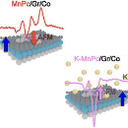
Researchers from the Sapienza University in Rome, in collaboration with the ALBA Synchrotron, have demonstrated a further pathway to tune the magnetic response of a metal-organic semiconductor molecule interfaced with a graphene-covered cobalt film. Organic molecules with a spin, coupled to a magnetic substrate, can be a key element in the development of future organic-spintronic applications.
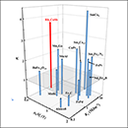
A new highly-anisotropic Rh-based Heusler compound has been reported as an ideal candidate for high-density magnetic recording media through fast heat-assisted writing technology. The BOREAS beamline (ALBA Synchrotron) helped to characterize this new material probing the origin of its giant magneto-crystalline anisotropy.
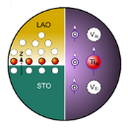
An international team of researchers has discovered that the B-site cation stoichiometry is crucial for the creation and control of the magnetism at the interface between ABO3-perovskite oxides. The findings present a new perspective for the understanding of interfacial magnetism, with potential applications in spin-based energy such as low-energy consumption electronics. Some experiments were performed at the BOREAS beamline in the ALBA Synchrotron.


